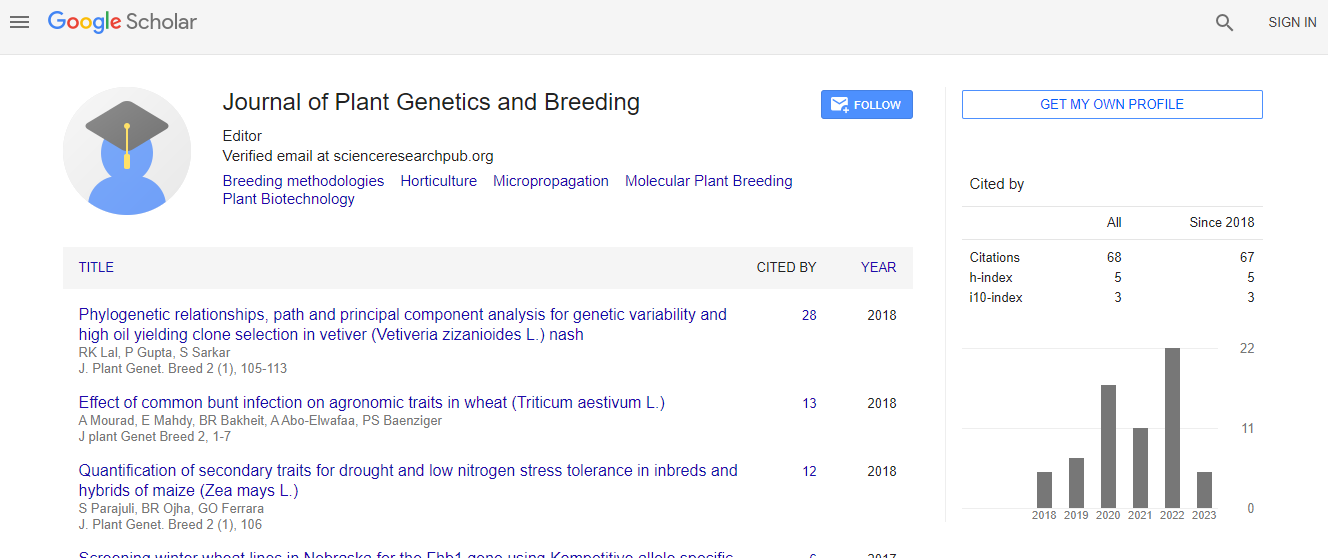Role of soil resources in agricultural production in the greater cheliff region in Northern Algeria
*Corresponding Author:
Copyright: © 2020 . This is an open-access article distributed under the terms of the Creative Commons Attribution License, which permits unrestricted use, distribution, and reproduction in any medium, provided the original author and source are credited.
Abstract
Soil resources in Algeria account for 20% of the country’s total area of nearly 47 million hectares, including 8 million hectares of agricultural land. The soil resources of the greater Cheliff area cover a total area of 498,122 ha, or 60% of the total area of the two wilayates of Chlef and Ain Defla, and an agricultural area of approximately 384,906 ha. The objective of this study is to show the characteristics of the Grand Cheliff soil resources and the importance of agricultural activities generated by the pedological resources of the region. The latter is characterized by an uneventful topography and alluvial and silty soils, with a generally variable texture and a fairly high nutrient content. Forage crops are second only to cereals and are still dependent on weather conditions in the region. Their areas reserved for this purpose are very small. This is explained by the food supply cycle, depending on the farm’s territory, its equipment, its forage potential and its climate and the cycle of forage demand depending on the number of animals and intensive farming is very underdeveloped. The soil resources of the Great Plains region of Cheliff are considered the most fertile in Algeria and represent large islands, used for the production of insurance crops, a source of food for animals and for humans. These resources require preservation and good management and therefore sustainable development.

 Spanish
Spanish  Chinese
Chinese  Russian
Russian  German
German  French
French  Japanese
Japanese  Portuguese
Portuguese  Hindi
Hindi 